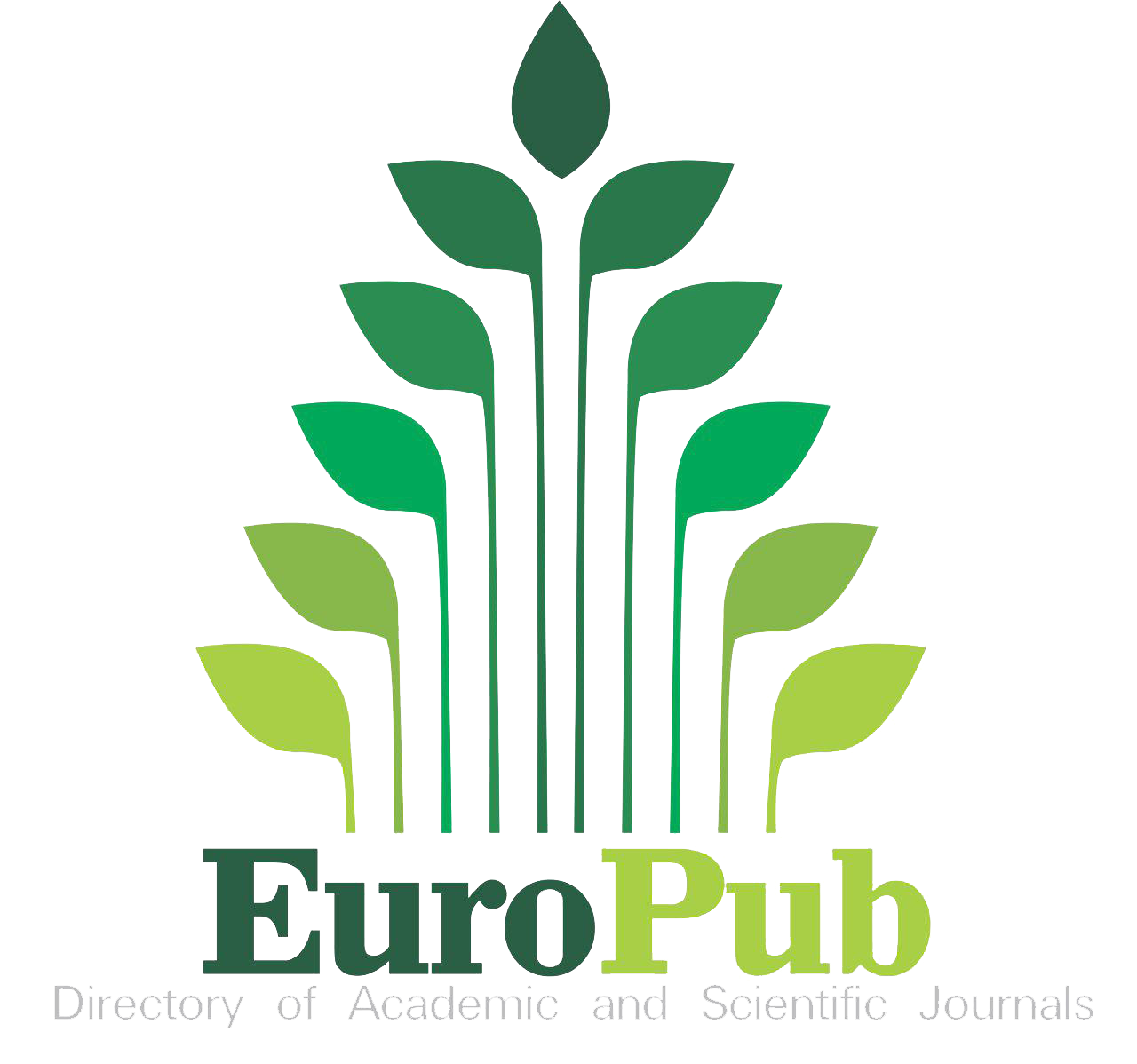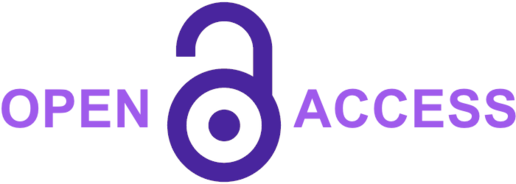Challenges, Opportunities, and the Future of the Blue Economy in Indonesia
DOI:
https://doi.org/10.70895/jemba.v2i1.18Keywords:
archipelagic country, maritime, blue economy, economic developmentAbstract
Indonesia, the world's largest archipelagic country with vast maritime territory, holds significant potential for developing a blue economy that promotes sustainable growth through effective marine resource management. Key sectors such as fisheries, maritime tourism, and marine renewable energy are essential to national economic development. However, the blue economy's progress faces challenges, including ecosystem degradation, maritime pollution, and sectoral fragmentation. This study identifies the main challenges and explores opportunities in sustainable fisheries, maritime ecotourism, and marine renewable energy. Using a descriptive-analytical approach with qualitative and quantitative analysis of secondary data, the findings reveal that Indonesia's blue economy remains highly promising, especially with policies supporting sustainability, human resource development, and eco-friendly technologies. The novelty of this research lies in its cross-sectoral synthesis, which emphasizes the need for convergence between environmental governance and maritime economic policy.
Downloads
References
Ahammed, S., Rana, Md. M., Uddin, H., Majumder, S. C., & Shaha, S. (2024). Impact of blue economy factors on the sustainable economic growth of China. Environment, Development and Sustainability. https://doi.org/10.1007/s10668-023-04411-6
Bhuyan, Md. S., Islam, Md. N., Ali, M. M., Rashed-Un-Nabi, Md., Alam, Md. W., Das, M., Roy, R., Das, M. K., Mojumder, I. A., & Mustary, S. (2021). Blue economy prospect, opportunities, challenges, risks, and sustainable development pathways in Bangladesh. https://doi.org/10.21203/rs.3.rs-1001892/v1
Central Statistics Agency. (2023a). Produksi Perikanan Laut Yang Dijual Di TPI (Ton) [Dataset]. https://www.bps.go.id/id/statistics-table/2/NDk2IzI=/produksi-perikanan-laut-yang-dijual-di-tpi--ton-.html
Central Statistics Agency. (2023b). Statistik Sumber Daya Laut dan Pesisir 2023. https://www.bps.go.id/id/publication/2023/11/30/45b0e0c30911979641959fe5/statistik-sumber-daya-laut-dan-pesisir-2023.html
Dao, Y., Suwarno, P., & Widodo, P. (2024). The Concept of the Archipelagic State in Addressing Maritime Security Threats. Formosa Journal of Social Sciences (FJSS), 3(4). https://doi.org/10.55927/fjss.v3i4.12109
Destiningsih, R., Sugiharti, Rr. R., Togar Laut, L., Nur Safiah, S., & Achsa, A. (2020). Competitiveness identification of fisheries export in Indonesia. IOP Conference Series: Earth and Environmental Science, 530(1), 012017. https://doi.org/10.1088/1755-1315/530/1/012017
Elegbede, I. O., Fakoya, K. A., Adewolu, M. A., Jolaosho, T. L., Adebayo, J. A., Oshodi, E., Hungevu, R. F., Oladosu, A. O., & Abikoye, O. (2023). Understanding the social–ecological systems of non-state seafood sustainability scheme in the blue economy. Environment, Development and Sustainability, 27(2), 2721–2752. https://doi.org/10.1007/s10668-023-04004-3
Filimão Sitoe, A., Hoguane, A. M., & Haddout, S. (2023). The ocean as a source of renewable energy in sub-Saharan Africa: Sources, potential, sustainability and challenges. International Journal of Sustainable Energy, 42(1), 436–460. https://doi.org/10.1080/14786451.2023.2204378
Food and Agriculture Organization. (2022). The state of world fisheries and aquaculture 2022. https://openknowledge.fao.org/server/api/core/bitstreams/9df19f53-b931-4d04-acd3-58a71c6b1a5b/content/sofia/2022/status-of-fishery-resources.html
Haderer, B., & Ciolacu, M. (2022). Education 4.0: Artificial Intelligence Assisted Task- and Time Planning System. Procedia Computer Science, 200, 1328–1337. https://doi.org/10.1016/j.procs.2022.01.334
Ministry of Marine Affairs and Fisheries. (2024). Menteri Trenggono Sukses Tingkatkan PDB Perikanan di 2024. SIARAN PERS KEMENTERIAN KELAUTAN DAN PERIKANAN NOMOR : SP.481/SJ.5/XII/2024. https://kkp.go.id/news/news-detail/menteri-trenggono-sukses-tingkatkan-pdb-perikanan-di-2024-57n8.html
Mondal, M. A. I., Abit, L. Y., Siddiqui, A. A. M., & Abdulla-Al-Asif, -. (2024). Fish to finance: Unraveling the economic threads of Bangladesh’s Blue Economy. Asian Journal of Medical and Biological Research, 10(1), 9–41. https://doi.org/10.3329/ajmbr.v10i1.71034
Mulyono, R. D. A. P., Mahardiyanto, A., Afandi, M. F., Aprillianto, B., & Komariyah, S. (2023). Commercalization of Sun-Based Fishing Lights to Improve the Fisherman’s Economy in the Horse Area, East Java, Indonesia. International Journal of Current Science Research and Review, 06(09). https://doi.org/10.47191/ijcsrr/V6-i9-11
National Geographic Indonesia. (2023). Lebih 30 Persen Terumbu Karang Pesisir Indonesia dalam Kondisi Buruk. https://nationalgeographic.grid.id/read/133881488/lebih-30-persen-terumbu-karang-pesisir-indonesia-dalam-kondisi-buruk?page=all
Okafor-Yarwood, I., Kadagi, N. I., Miranda, N. A. F., Uku, J., Elegbede, I. O., & Adewumi, I. J. (2020). The Blue Economy–Cultural Livelihood–Ecosystem Conservation Triangle: The African Experience. Frontiers in Marine Science, 7, 586. https://doi.org/10.3389/fmars.2020.00586
Oktaviani, J., & Muhamad Iqbal, F. (2023). The Interplay of Interest between Indonesia and Sweden in Blue Economy Cooperation. Nation State: Journal of International Studies, 6(1), 49–70. https://doi.org/10.24076/nsjis.v6i1.1060
Puspitawati, D., Susilo, E., Cahyandari, D., Maharani, D. P., Fadli, M., Lutfi, M., Anggoro, S. A., & Liemanto, A. (2022). The design of regulatory reform in aquaculture in Indonesia: Opportunities and threats of the implementation of SDGs in fisheries governance. 15(3).
Rani, F., & Ismadianto, I. (2024). The Fishermen Conflicts Management as Results of Illegal Fishing in Coastal Waters of Meranti Island. فصلنامه بین المللی ژئوپلیتیک, 20(74). https://doi.org/10.22034/igq.2024.182411
Rianawati, A., Kresna Darmasetiawan, N., Susilo Hadi, F., Oktavianus, J., & Avelinda Utama, C. (2024). Enhancement of Indonesia’s blue economy sector through innovation and competitive advantage based on Resource-Based View theory. Problems and Perspectives in Management, 22(2), 165–181. https://doi.org/10.21511/ppm.22(2).2024.14
Sucofindo. (2024). Ocean Wave Energy: The Largest Potential for EBT in Indonesia. https://www.sucofindo.co.id/en/articles/ocean-wave-energy-the-largest-potential-for-ebt-in-indonesia/
Sungkawati, E. (2024). Adopting “Blue-Green Economy.” Journal: Management and Entrepreneurship, 2(1), 01–13. https://doi.org/10.61650/rjme.v1i1.333
Supriyanto, E. E. (2022). Blue Tourism: Treating Marine Ecosystems and Increasing The Potential of Maritime Tourism in Indonesia. Jurnal Kepariwisataan Indonesia: Jurnal Penelitian Dan Pengembangan Kepariwisataan Indonesia, 16(2), 138–148. https://doi.org/10.47608/jki.v16i22022.138-148
Wasik, Z., Gunawan, S., & Handriana, T. (2024). Blue Economy and the Impact of Industrialisation on Sustainable Livelihoods: A Case Study of Fisheries in the North Coastal Region of Java. Journal of Ecohumanism, 3(8). https://doi.org/10.62754/joe.v3i8.4925
Wibawa, B., Prijambodo, T., Fauzi, I., & Shabrina, N. (2020). Marine Tourism Infrastructure and Human Resources Development. Journal of Physics: Conference Series, 1625(1), 012068. https://doi.org/10.1088/1742-6596/1625/1/012068
Winardi, E. A., & Putri, M. R. (2024). The Abundance of Marine Plastic Debris in Indonesia’s Ocean. IOP Conference Series: Earth and Environmental Science, 1350(1), 012014. https://doi.org/10.1088/1755-1315/1350/1/012014
Downloads
Published
Issue
Section
License
Copyright (c) 2025 Poppy Wulandari, Puja Afwanda Mayako , Mutiara Cahyaningrum (Author)

This work is licensed under a Creative Commons Attribution-ShareAlike 4.0 International License.



















